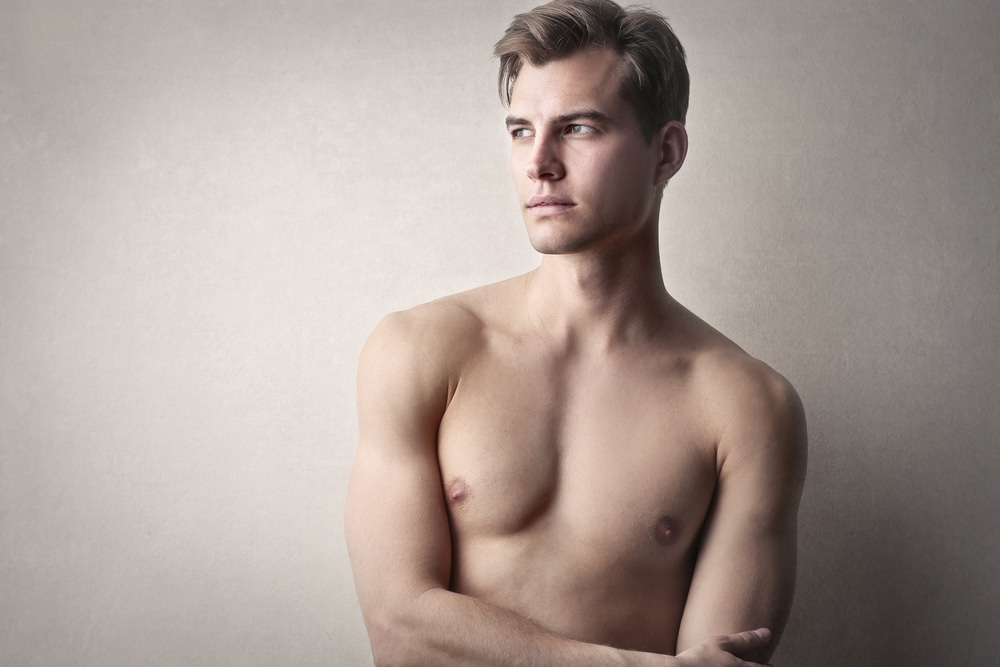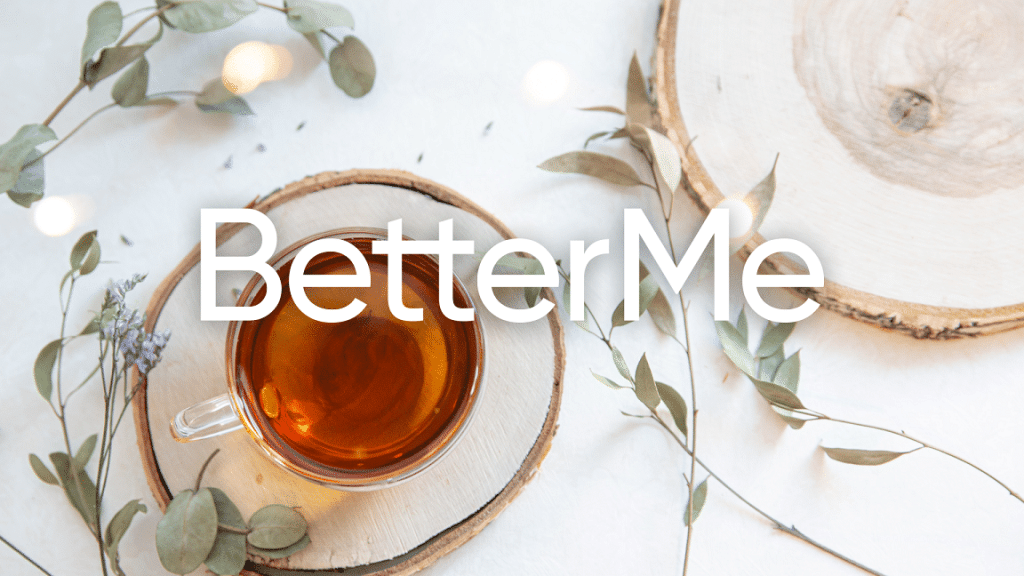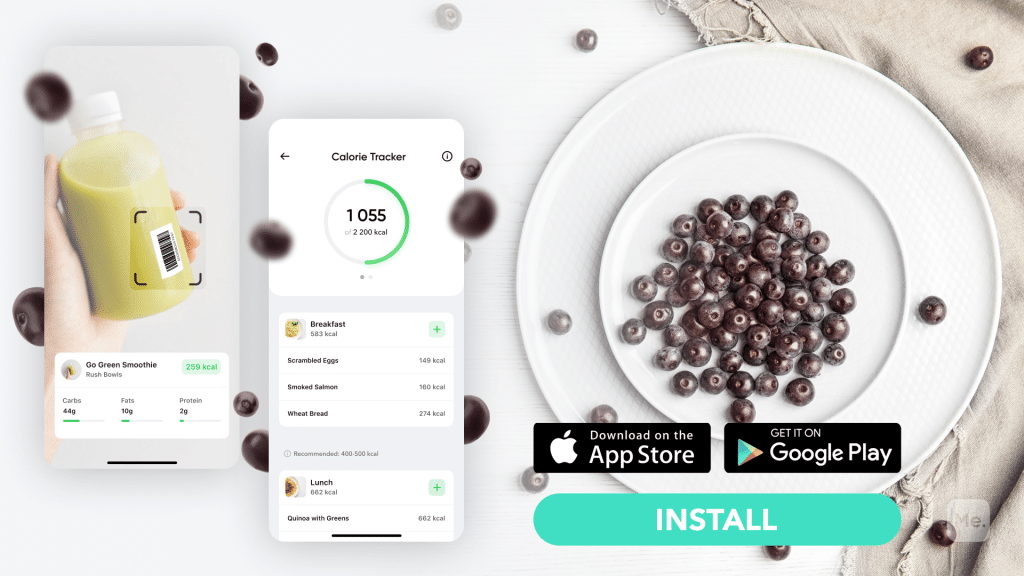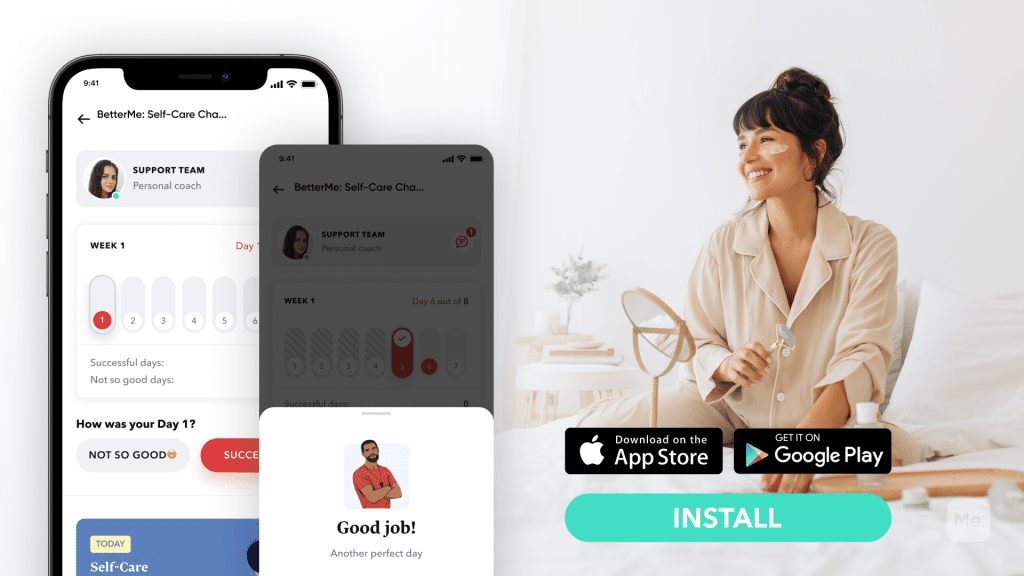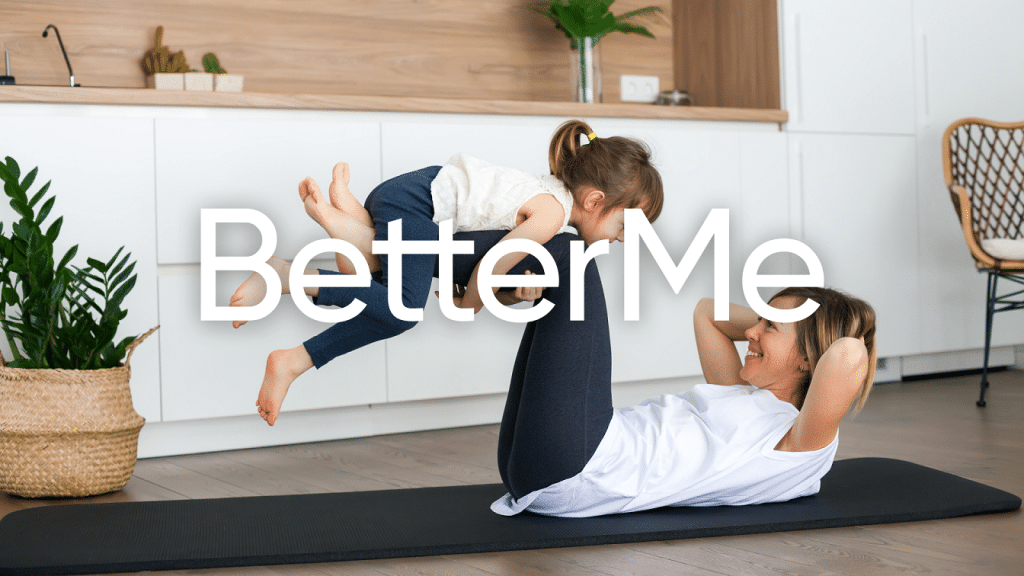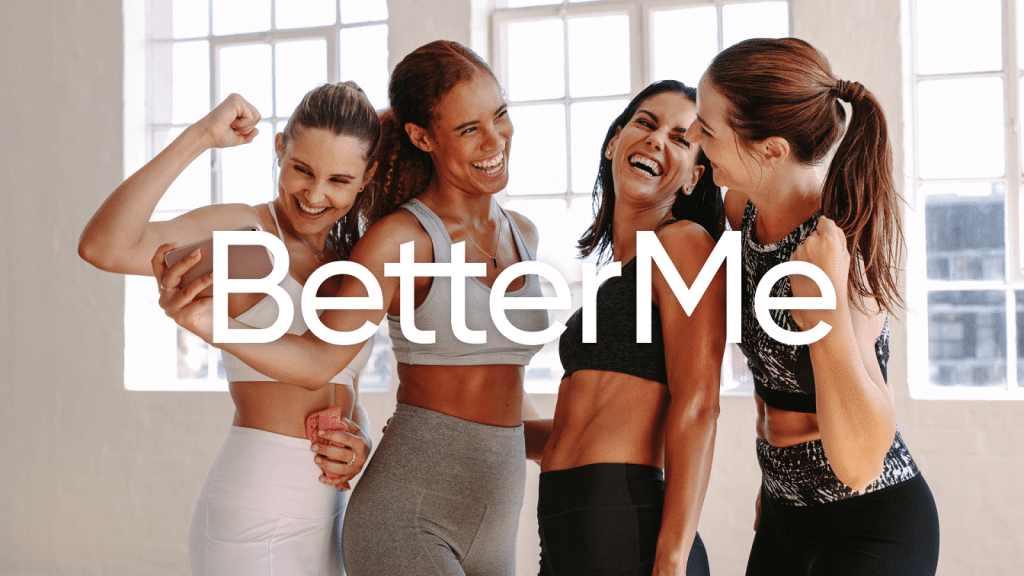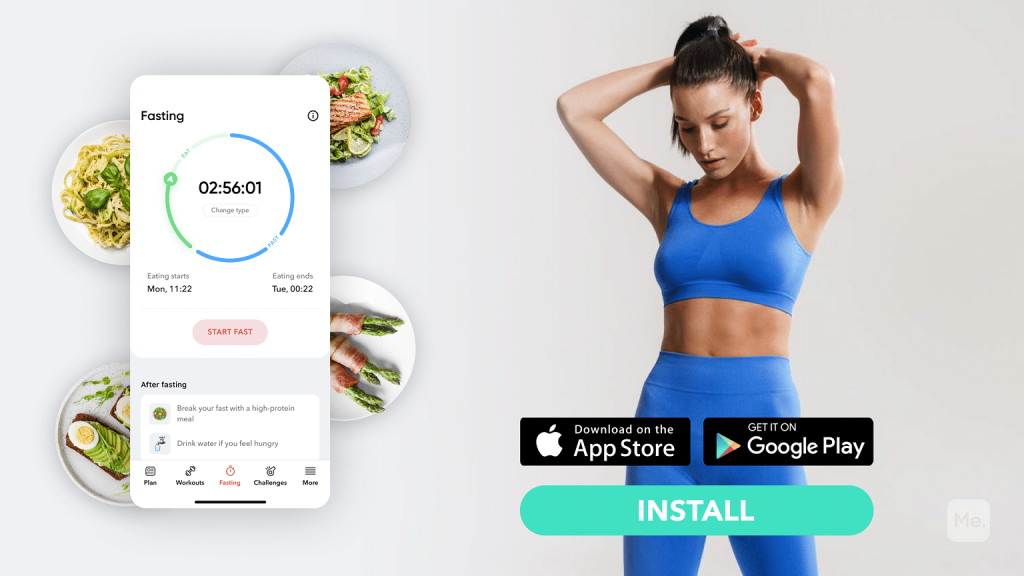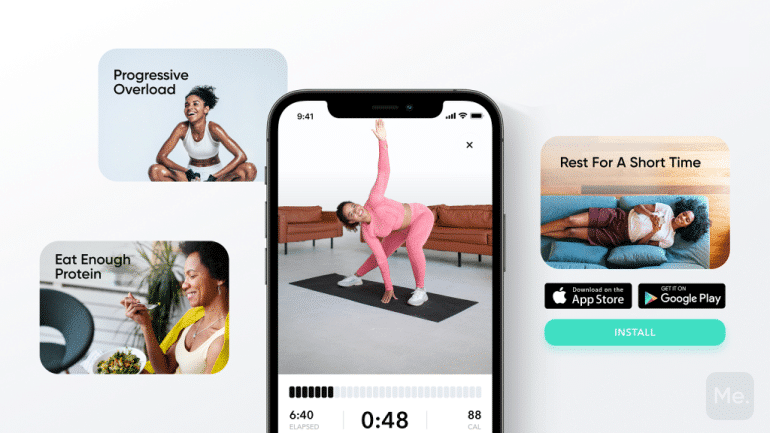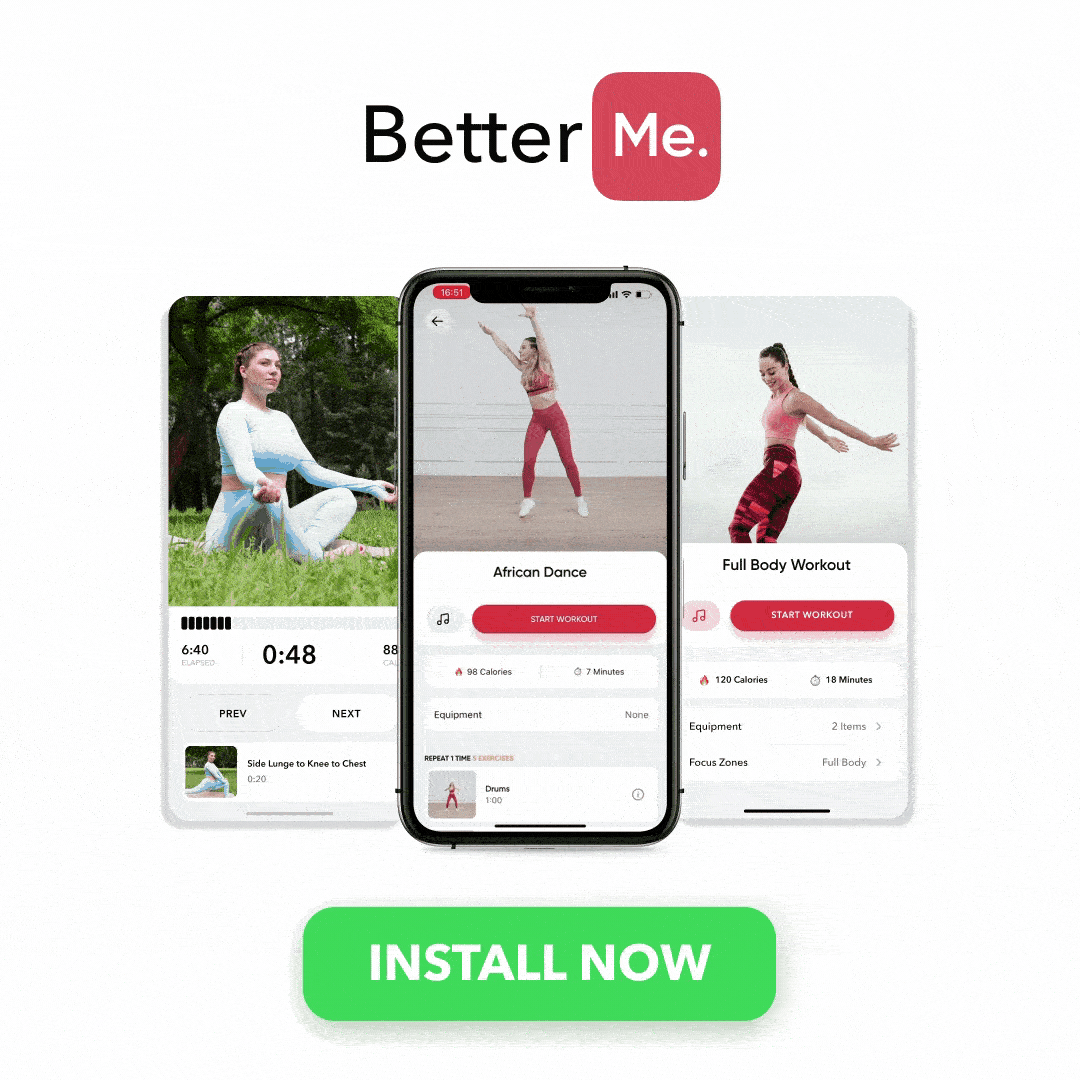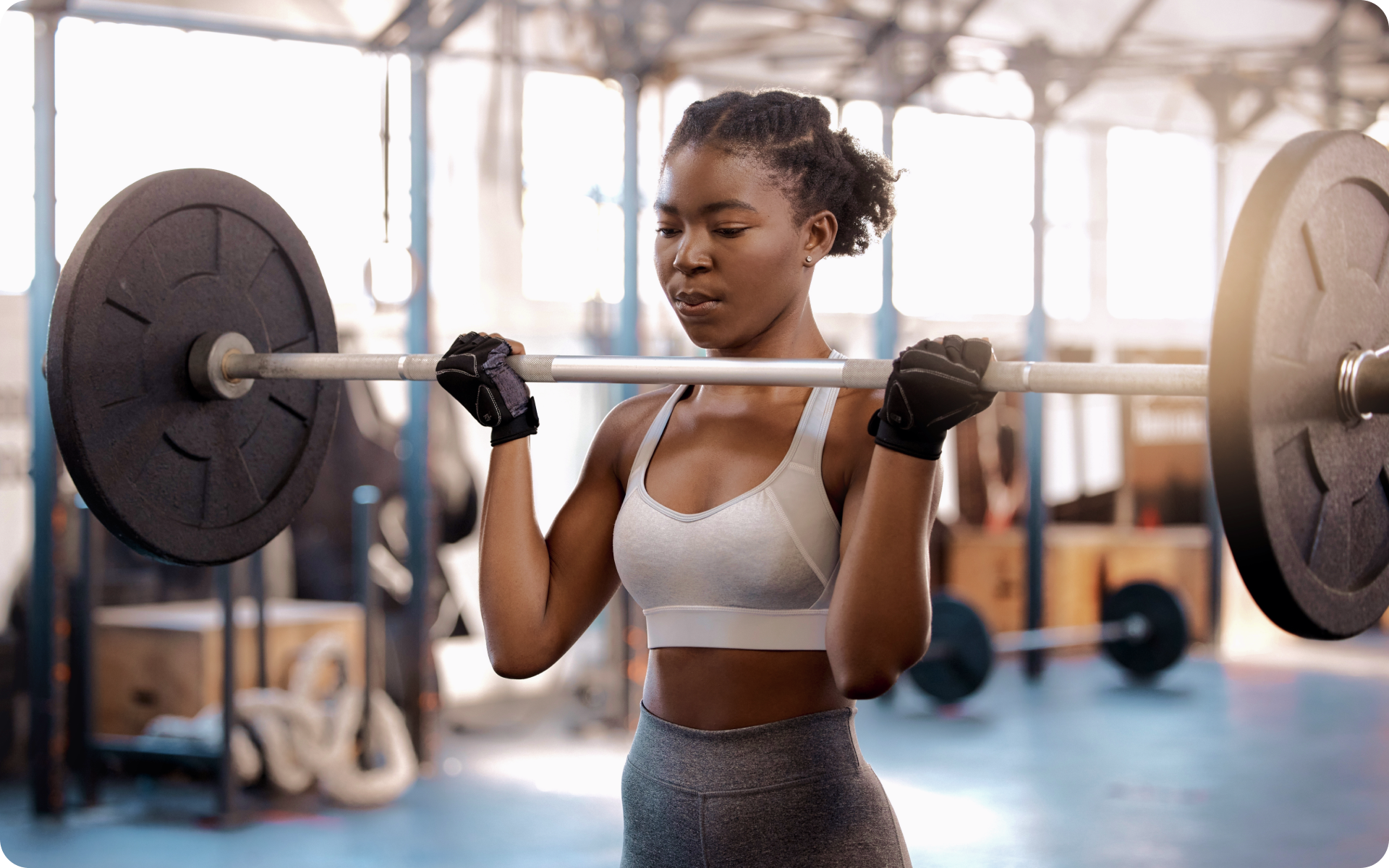Both men and women can have unwanted chest fat. For women this could be the effect from genetics, weight gain, or hormonal changes. Men usually have excess chest fat due to weight gain or certain medical conditions. If you’re unhappy with your appearance and would like to reduce the size of your breasts, there are a few things you can do. Exercise is one of the best ways to reduce unwanted fat in any area of your body, including your chest. Cardio exercises such as running or biking can help burn calories and promote overall weight loss, which will reduce the size of your breasts. Additionally, strength-training exercises that target your chest muscles can help tone and sculpt your area for a more defined look. In this article, we’ll share some specific breast reduction exercises as well as other tips for how to reduce unwanted chest fat.
What Causes Large Breasts?
There are several reasons why a person might have large breasts. These include:
Genetics
Your genetics play a role in the size and shape of your breasts (20). If your mother or grandmother had large breasts, you’re more likely to have them as well.
Weight Gain
If you gain weight, it will show up in different areas of your body, including your breasts. Fat cells can enlarge, which would make your breasts larger.
Hormones
Hormonal changes, such as those that occur during puberty or pregnancy, can cause your breasts to become larger (10).
The main hormone responsible for breast growth is estrogen. Estrogen levels increase during puberty, which is why breasts often begin to grow around this time. Estrogen levels also fluctuate during your menstrual cycle and can increase again during pregnancy (10).
Other hormones, such as progesterone and prolactin, can also affect breast size. Progesterone is a hormone that’s produced during pregnancy. Prolactin is a hormone that’s responsible for milk production.
In men, a hormonal imbalance can also cause enlarged breasts. This condition is known as gynecomastia. It’s caused by an imbalance of the male and female sex hormones (23).
Read More: Weight Loss Breasts Before And After: How Do Breasts Change After Weight Loss?
Medical Conditions
Certain medical conditions can cause your breasts to become larger. These include:
Cushing’s Disease
This condition occurs when you have too much of the stress hormone cortisol in your body. Cortisol can cause weight gain, which can lead to enlarged breasts (8).
Hypothyroidism
This is a condition that occurs when your thyroid gland doesn’t produce enough thyroid hormone. Thyroid hormone is responsible for regulating your metabolism, and when it’s low, you can experience weight gain, including in your breasts (25).
Breast Cancer
Certain types of breast cancer can cause the breasts to become enlarged. This is because the cancer cells may produce a hormone called human chorionic gonadotropin (HCG). HCG can stimulate the growth of breast tissue (24).
Polycystic Ovary Syndrome (PCOS)
PCOS is a condition that affects the female reproductive system. One of the symptoms of PCOS is enlarged breasts (28). This is because the ovaries produce too much of the male sex hormone testosterone. Testosterone can cause the breasts to grow larger and denser.
Medications
Some medications can cause your breasts to grow larger. These include:
Estrogen-Containing Medications
Certain types of birth control pills and hormone replacement therapy medications contain estrogen. Estrogen can cause your breasts to enlarge (17).
Anti-Androgens
Anti-androgens are medications that block the effects of male sex hormones. One side effect of anti-androgens is breast growth in men (4).
How To Reduce Unwanted Fat In Your Chest Area
There are several things you can do to reduce unwanted fat in your chest area.
These include:
- Exercise
- Diet changes
- Herbal remedies
- Using birth control pills with lower levels of estrogen
Whether you’re a workout beast or just a beginner making your first foray into the world of fitness and dieting – BetterMe has a lot to offer to both newbies and experts! Install the app and experience the versatility first-hand!
Breast Reduction Exercises
One of the best ways to reduce any type of fat is through exercise. Cardio exercises, such as running or biking, will help burn calories and promote overall weight loss. Strength-training exercises will help tone your muscles and make them more defined (30).
Aerobic exercises, such as swimming, are great for toning the chest muscles (2).
Some of the best female and male breast reduction exercises that can help include:
1. Push-Ups
This is an ideal exercise for breast reduction because it targets the chest muscles. Push-ups are also a great way to strengthen your arms and core.
To do a push-up:
- Start in a plank position with your hands shoulder-width apart and your feet hip-width apart.
- Lower your body down until your chest is just above the ground.
- Push yourself back up to the starting position.
- You may make this exercise more challenging by placing your feet on an elevated surface or by wearing a weighted vest.
2. Chest Press
The chest press specifically targets the chest muscles. This exercise can be done using dumbbells, a barbell, or a weight machine.
To do a chest press:
- Start by lying on your back with a dumbbell in each hand.
- Press the dumbbells up above your chest.
- Slowly lower the dumbbells back down to the starting position.
- You may do these on an incline to add more resistance.
3. Breast Reduction Exercises: Bench Press
The bench press is another exercise that targets the chest muscles. This can be done with a barbell or dumbbells.
To do a bench press:
- Start by lying on your back on a weight bench with a barbell or dumbbells in your hands.
- Press the barbell or dumbbells up above your chest.
- Slowly lower them back down to the starting position.
4. Seated Row
This exercise works the muscles in your back and shoulders, as well as your chest muscles.
To do a seated row:
- Sit on the bench with a weight stack in front of you.
- Grasp the handles with your palms facing down.
- Pull the handles towards your chest, keeping your back straight.
- Slowly release the handles and repeat.
Read More: Workouts To Lift Breasts: Do They Work? Here’s Everything You Need To Know
5. Breast Reduction Exercises: Cable Crossover
This exercise works both the chest and shoulder muscles.
To do a cable crossover:
- Attach two cables to a high pulley.
- Stand between the cables and grasp the handles with your palms facing each other.
- Pull the handles towards your chest, keeping your elbows close to your body.
- Slowly release the handles and repeat.
6. Lateral Arm Raises
This exercise works the muscles in your shoulders and chest.
- To do lateral arm raises:
- Stand with a weight in each hand.
- Raise your arms out to the side, keeping your elbows bent.
- Slowly lower the weights back to the starting position.
7. Breast Reduction Exercises: Rear Delt Flyes
This exercise works the muscles in your shoulders and back.
To do rear delt flyes:
- Sit on a bench with a weight in each hand.
- Bend forward at the waist, keeping your back straight.
- Raise your arms out to the side, keeping your elbows bent.
- Slowly lower the weights back to the starting position.
8. Shoulder Shrugs
This exercise works the muscles in your shoulders that run along the top of your arms.
To do shoulder shrugs:
- Stand with a weight in each hand.
- Shrug your shoulders, lifting them up towards your ears.
- Slowly lower your shoulders back down to the starting position.
Dropping pounds by the dozens without putting yourself through the wringer is everyone’s weight loss pipe dream. But what if we told you that the BetterMe app can make that happen? Keep yourself in prime shape with our fat-blasting workouts, delicious budget-sparing recipes, and body-transforming challenges with our app!
Other Ways To Reduce Breast Size
There are also some lifestyle changes you can make:
Diet To Reduce Breast Size
Breasts are mostly made up of adipose tissue and fat. Losing body fat can result in smaller breasts.
To lose weight, you need to create a calorie deficit by eating fewer calories than you burn (18).
You can do this by making changes to your diet, such as:
1. Cutting Back On Processed Foods And Sugars
Processed foods and sugars are high in calories and low in nutrients. They can also lead to weight gain (7).
2. Eating More Lean Protein
Lean protein is an excellent source of nutrition and can help you feel full longer. It can also help boost your metabolism (29).
3. Adding More Fruits And Vegetables To Your Diet
Fruits and vegetables are loaded with nutrients and fiber. They can help you lose weight by keeping you full and satisfied (11).
4. Drinking Plenty Of Water
Water is essential for good health. It can also help you lose weight by keeping you full and preventing cravings (32).
5. Avoiding Alcohol
Alcohol is high in calories and can lead to weight gain (3). If you want to drink, opt for low-calorie options like light beer or wine.
Reduce Your Estrogen Intake
Estrogen is the hormone that is responsible for breast size. Reducing your estrogen intake can result in smaller breasts.
There are a few ways to do this:
Avoid Certain Foods
There are foods that contain estrogen-like compounds. Avoiding these foods can help reduce your estrogen intake.
Some foods that contain estrogen-like compounds include:
- Soy products – Soy products are high in isoflavones, which are plant estrogens. Studies have shown that isoflavones can mimic the effects of estrogen in the body (31).
- Dairy products – Dairy products contain a hormone called IGF-1, which has been linked to breast cancer (6).
- Red meat – Red meat contains a hormone called IGF-1, which has been linked to breast cancer (6).
- Alcohol – Alcohol can increase estrogen levels in the body (14).
Limit Your Exposure To Environmental Estrogens
Environmental estrogens are chemicals that can mimic the effects of estrogen in the body (16).
Limiting your exposure to environmental estrogens can help reduce your estrogen intake. Some ways to reduce your exposure to environmental estrogens include:
Avoid Using Plastic Containers
Plastics contain chemicals called phthalates, which can leach into food and drinks. Phthalates have been linked to hormone imbalances (13).
Don’t Use Chemical-Based Cleaning Products
Cleaning products contain chemicals that can mimic estrogen in the body. Choose natural or organic cleaning products instead.
Filter Your Water
Chemicals like chlorine and fluoride can be found in tap water. These chemicals can disrupt hormone levels (15). Filtering your water can help reduce your exposure to these chemicals.
Use Natural Skin Care Products
Many skin care products contain estrogen-like compounds called parabens (26). Using natural skin care products can help reduce your exposure to these chemicals.
Use Birth Control Pills With Lower Levels Of Estrogen
Not all birth control pills are created equal. Some birth control pills contain higher levels of estrogen than others (27).
Using a birth control pill with a lower level of estrogen can help reduce your overall intake of estrogen.
You may also choose a different type of contraceptive, such as an IUD, that does not contain estrogen.
Drink More Green Tea
Green tea is a natural remedy that has been shown to reduce estrogen levels in the body.
Green tea contains a compound called EGCG, which can block the effects of estrogen in the body (22).
Studies have shown that green tea can help reduce the risk of breast cancer (22).
Green tea is also effective in boosting metabolism and promoting weight loss (12).
Eat More Ginger
Just like green tea, ginger can boost metabolism and promote weight loss. It contains a compound called gingerol, which has anti-inflammatory and antioxidant properties (21).
Try Herbal Remedies
There are a few herbs that have been traditionally used to reduce breast size.
Some of these herbs include:
- Flax seeds – Flax seeds contain lignans, which are compounds that can block the effects of estrogen in the body. They also contain fiber, which can help reduce appetite and promote weight loss (19).
- Dandelion root – Dandelion root is a diuretic, which means it helps promote water loss. Dandelion root can also help detoxify the body and reduce inflammation (9).
- Pueraria mirifica – Pueraria mirifica is an herb that has been shown to be effective in reducing breast size. It contains a compound called miroestrol, which has estrogen-like effects in the body (1).
Get The Right Bra Size
People look for breast reduction solutions when they feel uncomfortable with their current bra size.
Choosing the right bra size can help make you feel more comfortable and confident in your body.
A properly fitted bra can give you the appearance of a smaller chest.
There are a few things to keep in mind when choosing the right bra size:
- Choose a bra that fits snugly, but is not too tight.
- Ensure that the band of the bra is level with the front of your chest.
- Make sure that the straps of the bra do not dig into your skin.
When Should You Consider Breast Reduction Surgery?
Having large breasts can be a real pain. Not only do they often cause back pain and other physical issues, but they can also be a major source of embarrassment and self-consciousness.
Breast reduction surgery may have both positive and negative outcomes (5). If you’re considering breast reduction surgery, here are some things to keep in mind:
- You should only consider surgery if you’re experiencing physical discomfort because of your breasts.
- Surgery is also an option if you’re very self-conscious about your breast size and it’s impacting your quality of life.
- Be sure to consult with a board-certified plastic surgeon to get the most accurate information about whether or not surgery is right for you.
- Keep in mind that breast reduction surgery is a major procedure with risks and potential complications, so it’s not something to be taken lightly.
- Be sure to discuss all of your concerns and questions with your surgeon before making a final decision.
The Bottom Line
Breast reduction exercises and natural remedies can help reduce breast size, but they may not be effective for everyone.
If you’re unhappy with your breast size and are considering surgery, be sure to consult with a board-certified plastic surgeon to get the most accurate information about whether or not surgery is right for you.
DISCLAIMER:
This article is intended for general informational purposes only and does not serve to address individual circumstances. It is not a substitute for professional advice or help and should not be relied on for making any kind of decision-making. Any action taken as a direct or indirect result of the information in this article is entirely at your own risk and is your sole responsibility.
BetterMe, its content staff, and its medical advisors accept no responsibility for inaccuracies, errors, misstatements, inconsistencies, or omissions and specifically disclaim any liability, loss or risk, personal, professional or otherwise, which may be incurred as a consequence, directly or indirectly, of the use and/or application of any content.
You should always seek the advice of your physician or other qualified health provider with any questions you may have regarding a medical condition or your specific situation. Never disregard professional medical advice or delay seeking it because of BetterMe content. If you suspect or think you may have a medical emergency, call your doctor.
SOURCES:
- A comprehensive review on Pueraria: Insights on its chemistry and medicinal value – ScienceDirect (2020, sciencedirect.com)
- Aerobic exercise: Top 10 reasons to get physical (2022, mayoclinic.org)
- Alcohol Consumption and Obesity: An Update (2015, link.springer.com)
- An Update on Plant Derived Anti-Androgens (2012, ncbi.nlm.nih.gov)
- A systematic review and meta-analysis of risks and benefits with breast reduction in the public healthcare system: priorities for further research (2021, biomedcentral.com)
- Consumption of dairy and meat in relation to breast cancer risk in the Black Women’s Health Study (2013, ncbi.nlm.nih.gov)
- Consumption of ultra-processed foods and health outcomes: a systematic review of epidemiological studies (2020, biomedcentral.com)
- Cushing’s disease: a multidisciplinary overview of the clinical features, diagnosis, and treatment (2016, ncbi.nlm.nih.gov)
- Dandelion – an overview | ScienceDirect Topics (n.d., sciencedirect.com)
- Development of the Human Breast (2013, ncbi.nlm.nih.gov)
- Dietary fibre and satiety (2007, onlinelibrary.wiley.com)
- Effect of Green Tea Extract on Fat Oxidation at Rest and during Exercise: Evidence of Efficacy and Proposed Mechanisms (2013, academic.oup.com)
- Effects and Mechanisms of Phthalates’ Action on Reproductive Processes and Reproductive Health: A Literature Review (2020, ncbi.nlm.nih.gov)
- Effects of Alcohol on the Endocrine System (2014, ncbi.nlm.nih.gov)
- Endocrine-Disrupting Chemicals: An Endocrine Society Scientific Statement (2009, academic.oup.com)
- Estrogens and environmental estrogens (2002, pubmed.ncbi.nlm.nih.gov)
- Estrogens in the breast tissue: a systematic review (2013, ncbi.nlm.nih.gov)
- Fat loss depends on energy deficit only, independently of the method for weight loss (2007, pubmed.ncbi.nlm.nih.gov)
- Flax and flaxseed oil: an ancient medicine & modern functional food (2014, ncbi.nlm.nih.gov)
- Genetic variants associated with breast size also influence breast cancer risk (2012, biomedcentral.com)
- Ginger on Human Health: A Comprehensive Systematic Review of 109 Randomized Controlled Trials (2020, Ncbi.nlm.nih.gov)
- Green Tea Catechin, EGCG, Suppresses PCB 102-Induced Proliferation in Estrogen-Sensitive Breast Cancer Cells (2015, hindawi.com)
- Gynecomastia: Etiology, Diagnosis, and Treatment – Endotext – NCBI Bookshelf (2019, ncbi.nlm.nih.gov)
- Human Chorionic Gonadotropin-Mediated Induction of Breast Cancer Cell Proliferation and Differentiation (2021, mdpi.com)
- Hypothyroidism and obesity: An intriguing link (2016, ncbi.nlm.nih.gov)
- Interference of Paraben Compounds with Estrogen Metabolism by Inhibition of 17β-Hydroxysteroid Dehydrogenases (2017, ncbi.nlm.nih.gov)
- Oral Contraceptive Pills – StatPearls – NCBI Bookshelf (2022, ncbi.nlm.nih.gov)
- Polycystic Ovary Syndrome (013, ncbi.nlm.nih.gov)
- Protein, weight management, and satiety (2008, academic.oup.com)
- Strength training: Get stronger, leaner, healthier (2021, mayoclinic.org)
- The pros and cons of phytoestrogens – ScienceDirect (2010, sciencedirect.com)
- Water, hydration, and health (2012, academic.oup.com)
